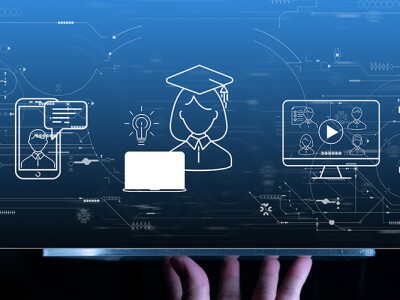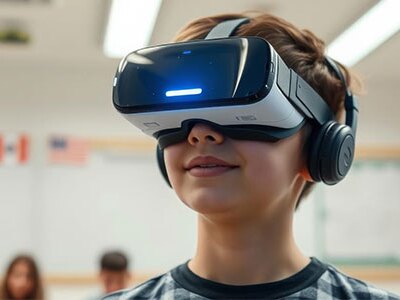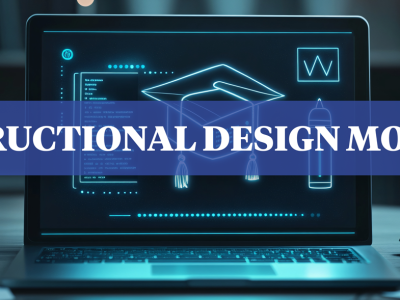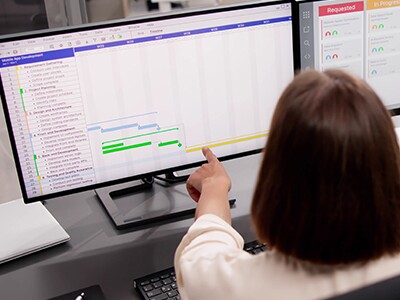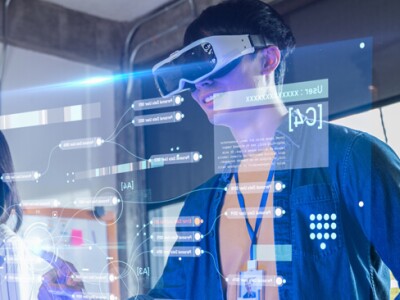SMU Online Learning Sciences Blog
Read the latest insights and trends in the learning sciences from learning analytics to technology development on the online learning sciences blog from Southern Methodist University.
Learn how implementing data-driven insights can help educators improve student achievement and make smarter instructional decisions.
Discover how adaptive learning technologies are designed to personalize education, enhance outcomes, and cater to diverse student needs.
Learn how to design scalable learning solutions that meet corporate training needs across teams, locations, and evolving business goals.
Learn how gamification sparks student engagement, boosts motivation, and improves learning outcomes. Discover strategies and real-world examples today!
Boost engagement with game mechanics in education! Discover top strategies like points, badges, levels, and storytelling to make learning fun and effective.
Learning analytics careers offer $140K+ salary potential. Explore high-paying roles, required skills, and pathways to enter this growing, in-demand field.
Dallas leads in learning design opportunities, from corporate careers to education innovation. Discover why it’s the best city for learning designers in Texas.
Gone are the days of chalkboards and stiff textbooks. Today's learning curricula deploy technology and visual storytelling to engage students and instill knowledge. As a learning designer, you'll use a combination of technical and creative skills to develop an impactful learning experience.
As a professor of mathematics education and learning sciences in the Department of Teaching and Learning in the Simmons School of Education at SMU, Walkington explores the intersection of technology and personalized learning experiences.
The integration of AI in education has introduced educators and students to a new era where learning is not confined to the pages of textbooks but is adapted to each individual’s unique pace, style, and needs.
As an educator, it's important to stay abreast of the challenges, tools, and trends your students could face out in the world. Artificial intelligence (AI) is a technology with evolving capabilities that's started to significantly transform all dimensions of culture–including the educational landscape.
This blog aims to unpack the concept of AI in education, breaking down its key components, current applications, and the very real benefits it brings to learning environments. Join us as we explore how AI is shaping the future of education and what that means for teachers and learners alike.
Education runs deep in Dr. Tony Cuevas's DNA. As the son of a high school teacher who later became an administrator, the path to education seemed natural. Yet his journey to becoming a leader in learning sciences took a few turns. Read about his journey in this blog.
Have you ever wondered how to showcase the learning experiences you craft as an instructional designer? In today’s competitive job market, especially in the field of instructional design, having a polished portfolio could be your ticket to standing out among a sea of qualified applicants.
In this post, we will explore five essential instructional design models that every modern educator should know. We will explore the strengths of each model, how they impact learning, and strategies for implementation.
Instructional design, a field dedicated to creating effective learning experiences, has evolved over the decades. The field began to take shape in the 1950s. Now, instructional designers are needed across industries to bridge pedagogical theory with cutting-edge technology.
In the last decade, learning analytics have emerged as pivotal instruments in the modern educator's toolkit. These powerful tools harness the vast amount of data generated in educational environments and by student engagement, offering unprecedented insights into the learning process.
In this data-informed approach to education there are two distinct methodologies: qualitative and quantitative analytics. These methods, which are typical to data analytics in general, are crucial to the interpretation of learning behaviors and outcomes.
Learning analytics is revolutionizing modern education by transforming data into actionable insights. It's the key to understanding how students learn, enabling educators to tailor educational experiences to individual needs and enhance overall student performance. As higher education becomes increasingly data-driven, the role of learning analytics has never been more critical.
At the intersection of innovation and instruction, the learning sciences have emerged as the scientific backbone of 21st-century education, shaping a future where technology and learning coalesce to transform the experiences of both educators and learners.








